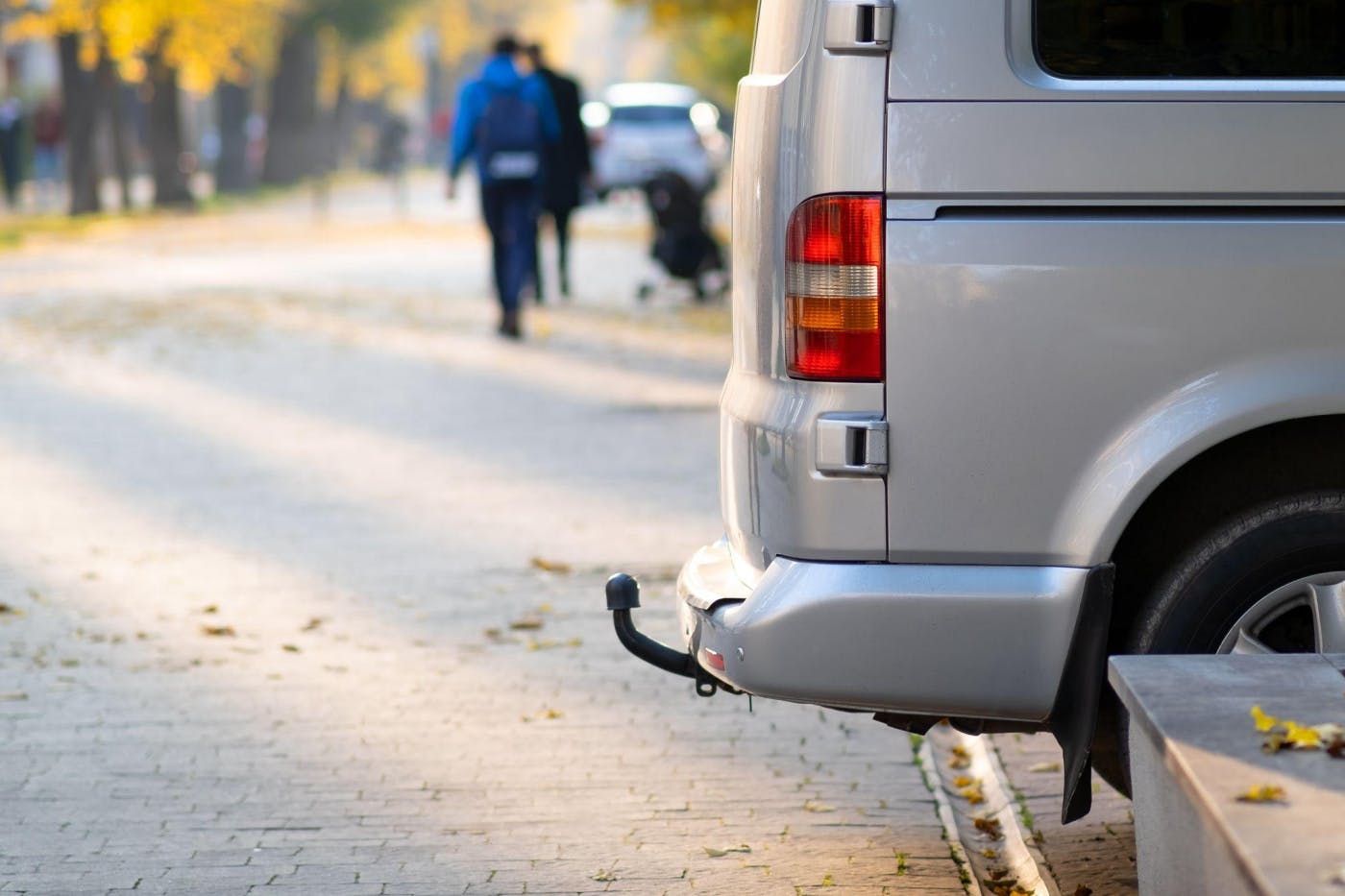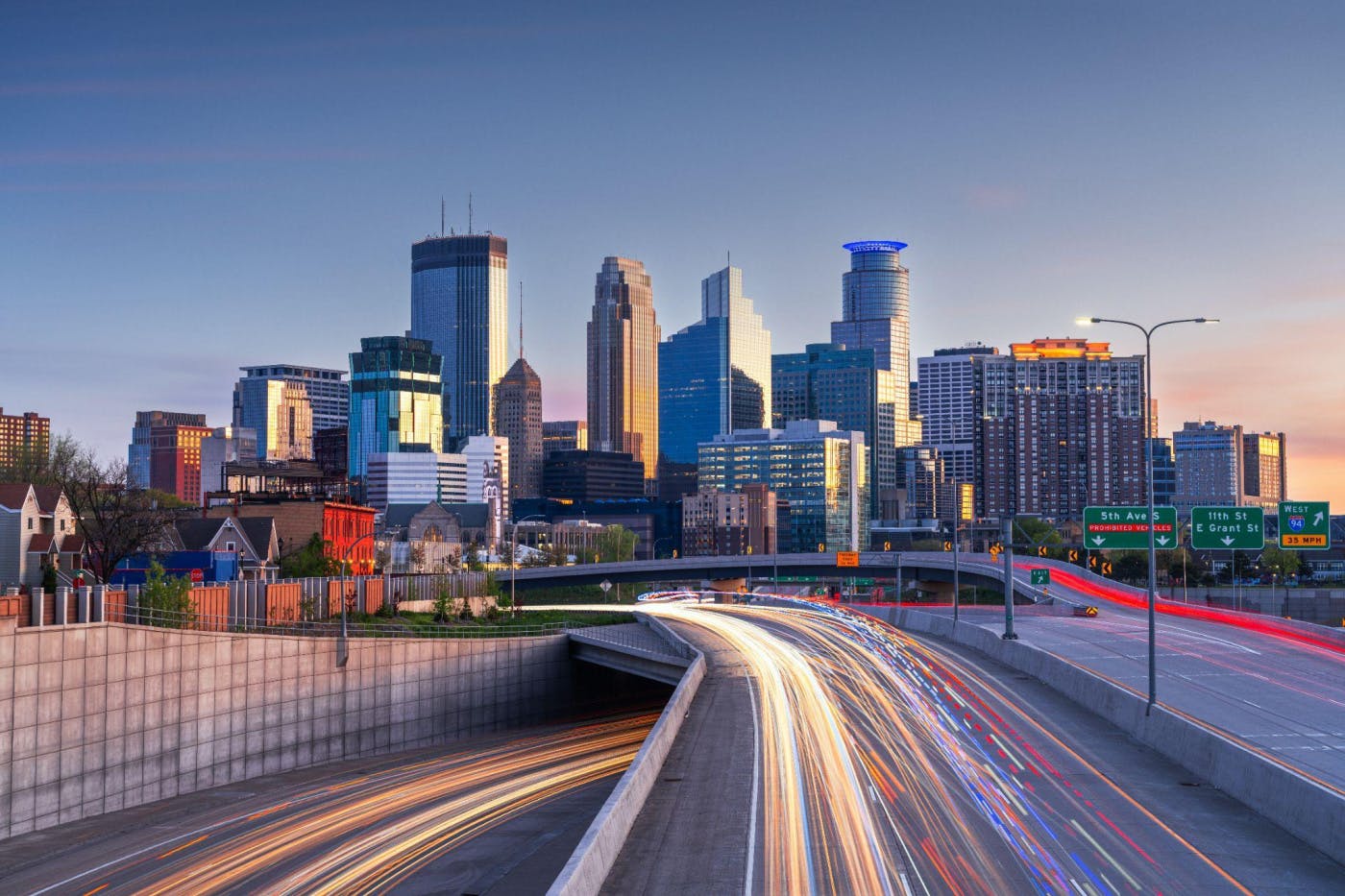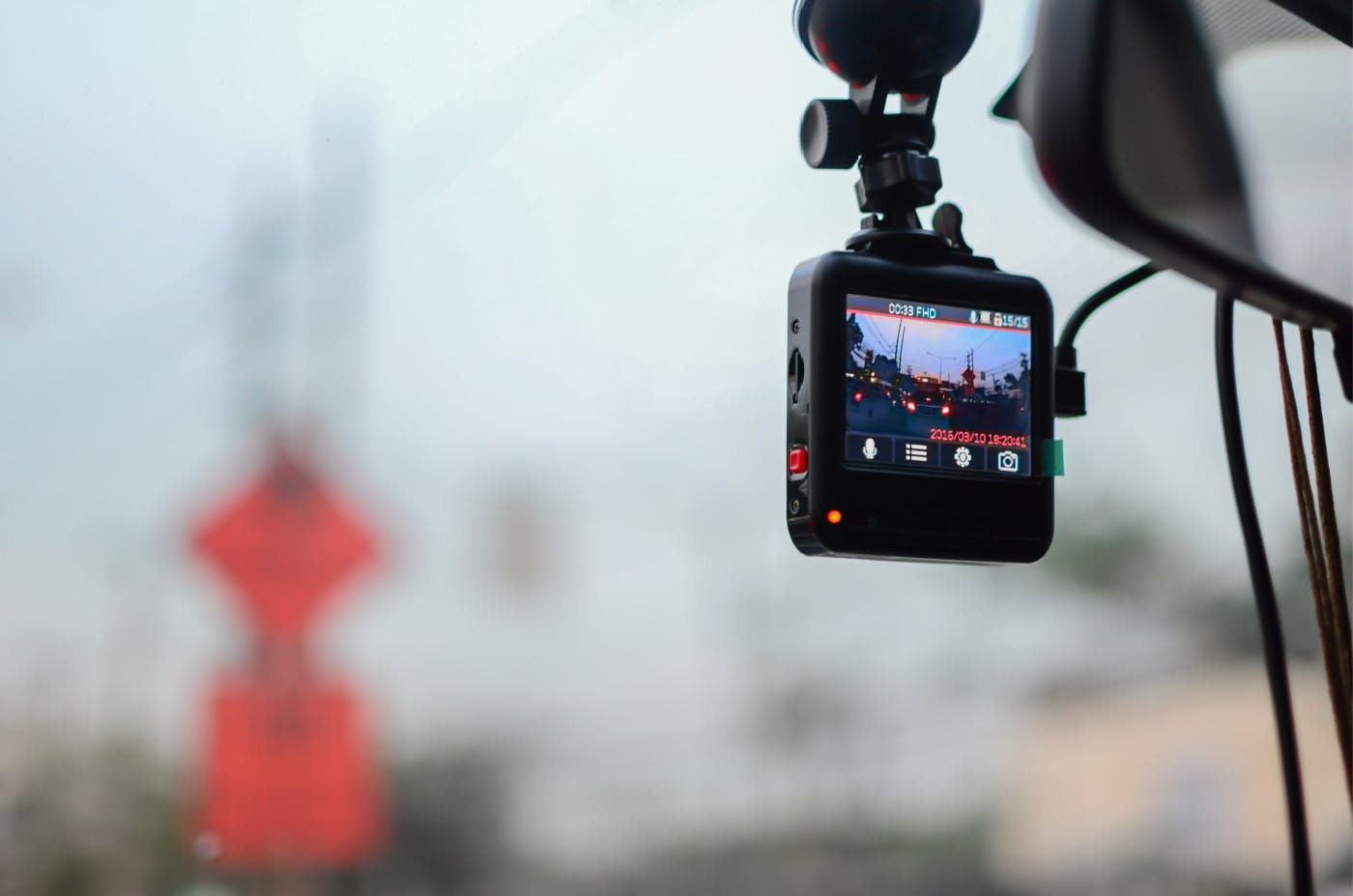The Complete Guide to Minnesota Right-of-Way Laws
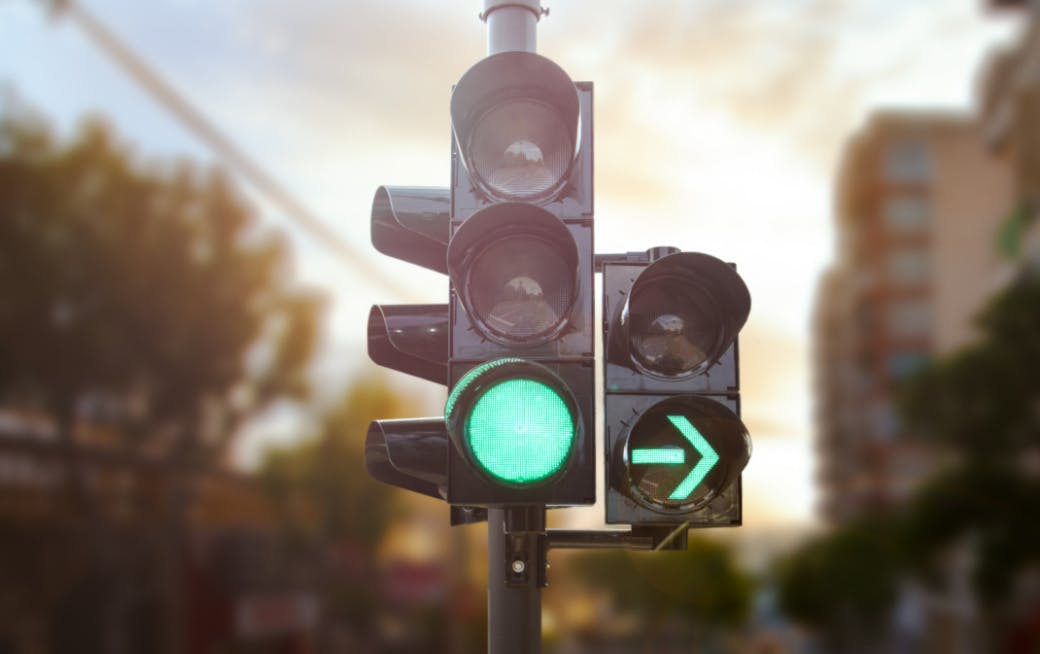
Right-of-way laws keep everyone safer on the road. Knowing when you should yield to other drivers can help you avoid accidents and protect yourself. And while you may think you already know local traffic laws by heart, it’s never a bad idea to brush up.
Here’s an overview of Minnesota right-of-way laws.
1. Four-Way Stops
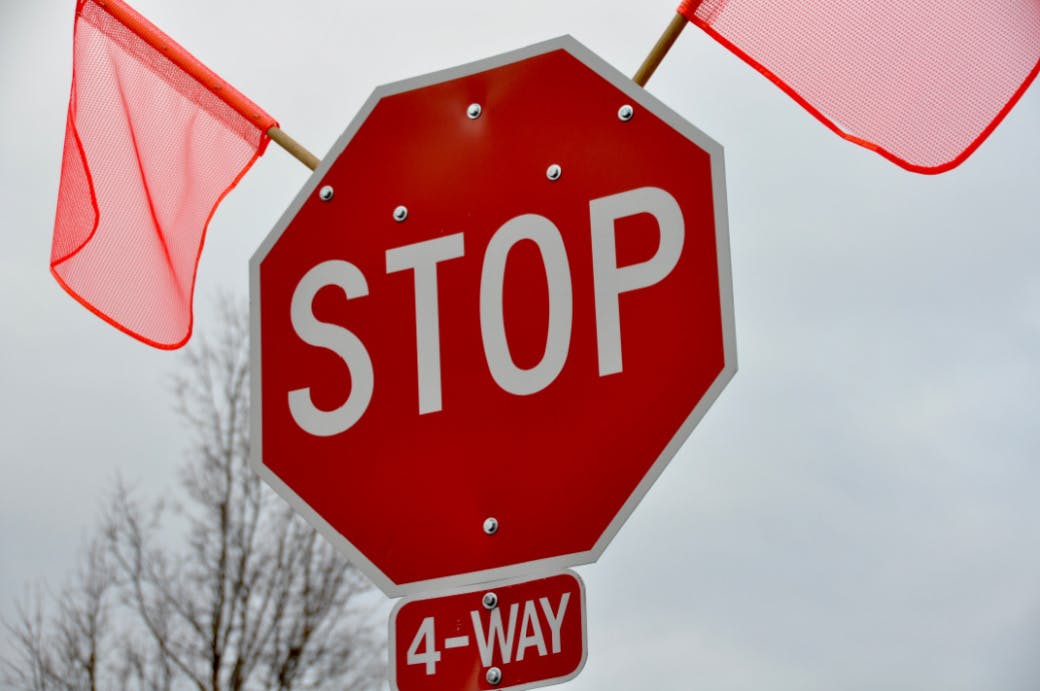
Generally, the first vehicle to arrive at a four-way stop has the right-of-way. Vehicles should proceed through the intersection in the order that they arrived. If two vehicles arrive at the same time, the right-of-way will depend on which direction they’re traveling.
- If the drivers won’t be crossing each other’s paths, they can proceed at the same time. For example, if both drivers are facing each other and intend to drive straight ahead, neither has to wait on the other.
- If both vehicles are driving straight but will cross each other’s path, the driver on the right has the right-of-way.
- If one vehicle is turning and the other is going straight, the driver going straight has the right-of-way.
- If one vehicle is turning left and another is turning right, the right-turning driver has the right-of-way.
2. Two-Way Stops
When approaching a two-way stop, drivers must always yield to traffic on the road that doesn’t stop. If another vehicle is stopped on the other side, the driver that arrived first has the right-of-way once the cross-traffic is clear. If both vehicles arrive at the same time, the proper order will once again depend on which direction they’re traveling.
- If neither vehicle will cross the other’s path, both can proceed.
- If one vehicle is turning and the other is going straight, the driver going straight has the right-of-way.
- If one vehicle is turning left and another is turning right, the right-turning driver has the right-of-way.
3. Yield Sign Intersections
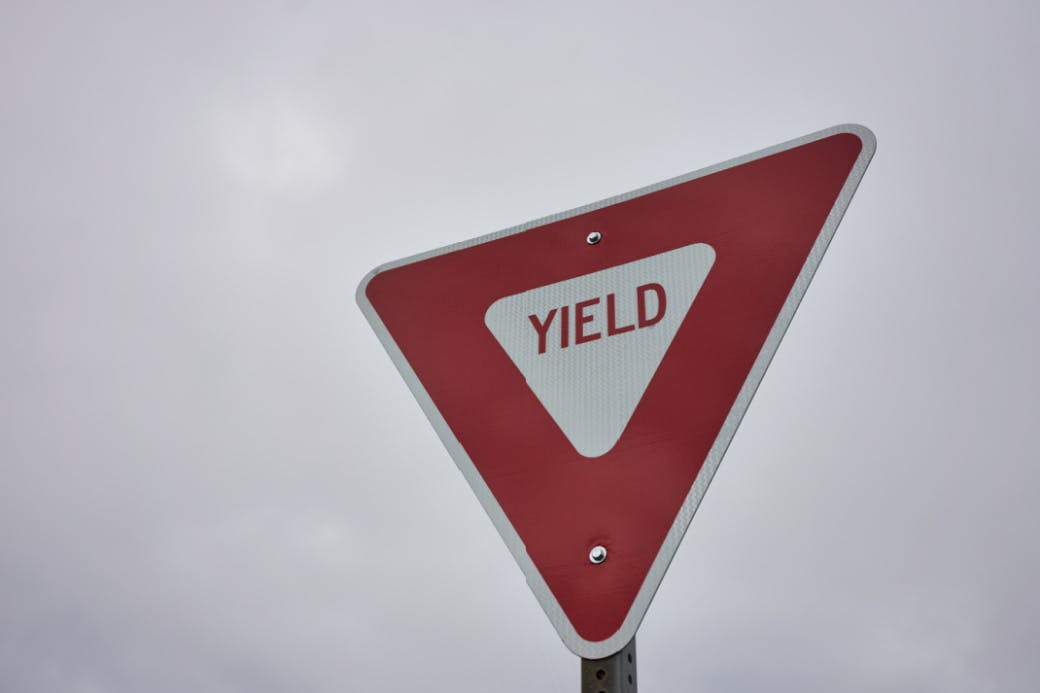
When approaching a yield sign, you aren’t always required to stop. You should, however, always slow to a reasonable speed. If there are no vehicles or pedestrians to yield to, you can then proceed without stopping. If there are, you must stop and wait until the road is clear.
4. Left Turns
Any time you’re turning left, you must yield to oncoming traffic. The only exception to this is when turning left on a green arrow, in which case oncoming traffic will be stopped and must yield to you.
5. Traffic Light Intersections
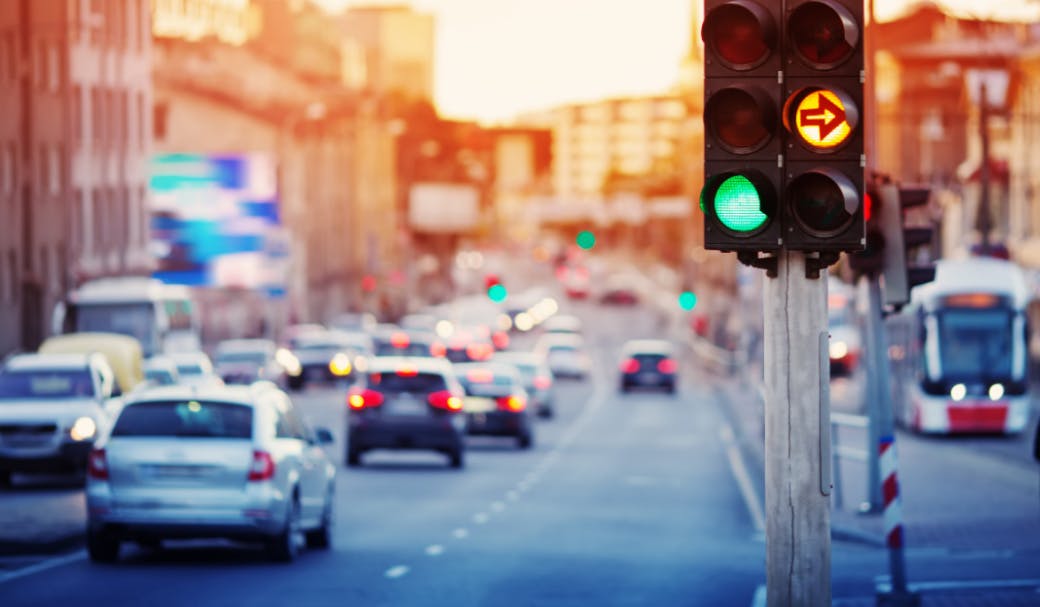
Traffic lights are simple enough. Green means go, red means stop, and yellow means start stopping. However, there are some other points worth mentioning.
First, if there are any vehicles still in the intersection when the light turns green, you must yield to them before proceeding. For example, if a driver started turning left in front of you as their light was turning from yellow to red, you must wait until they’re safely out of the intersection before driving on.
Then, there’s the question of what to do with flashing lights—or no lights at all.
If the light is flashing yellow, it means that you should move with caution through the intersection, but you aren’t required to stop.
If the light is flashing red, you should treat it as if it was a stop sign. The rules of a typical four-way or two-way stop apply.
If the traffic lights are out of order and there is no light at all, you should treat it as if it was a stop sign.
6. Roundabouts

To some drivers, roundabouts can seem confusing. They’re pretty simple once you get the hang of them, though.
First, roundabouts always move in a counterclockwise direction. That means you will always be turning right when entering a roundabout, never left.
Vehicles approaching a roundabout must yield to any vehicles already in the roundabout and wait for a safe opportunity to enter. Then, you will have the right-of-way over any other vehicles entering the roundabout after you.
Special Rules for Minnesota Right-of-Way Law
So far, we’ve dealt with the rules of right-of-way for standard vehicles. The rules can change in certain circumstances, though. Let’s take a look at some of the exceptions.
Pedestrians

Under Minnesota law, drivers are required to yield the right-of-way to all pedestrians—even if the pedestrian is breaking the law. Pedestrians have no protection against vehicles, and drivers are expected to take any steps necessary to avoid injuring them.
For example, if a pedestrian enters a street illegally, such as when jaywalking, drivers must slow or even stop their vehicles to allow the pedestrian to cross safely.
With that said, pedestrians can still be at fault for an accident, and drivers can still seek compensation through a personal injury lawsuit.
Cyclists
For the most part, cyclists must follow the same right-of-way rules as motor vehicles. This includes the requirement to yield the right-of-way to pedestrians.
Motorcyclists
As with cyclists, motorcycle riders are subject to the same right-of-way laws as any other driver.
Emergency Vehicles
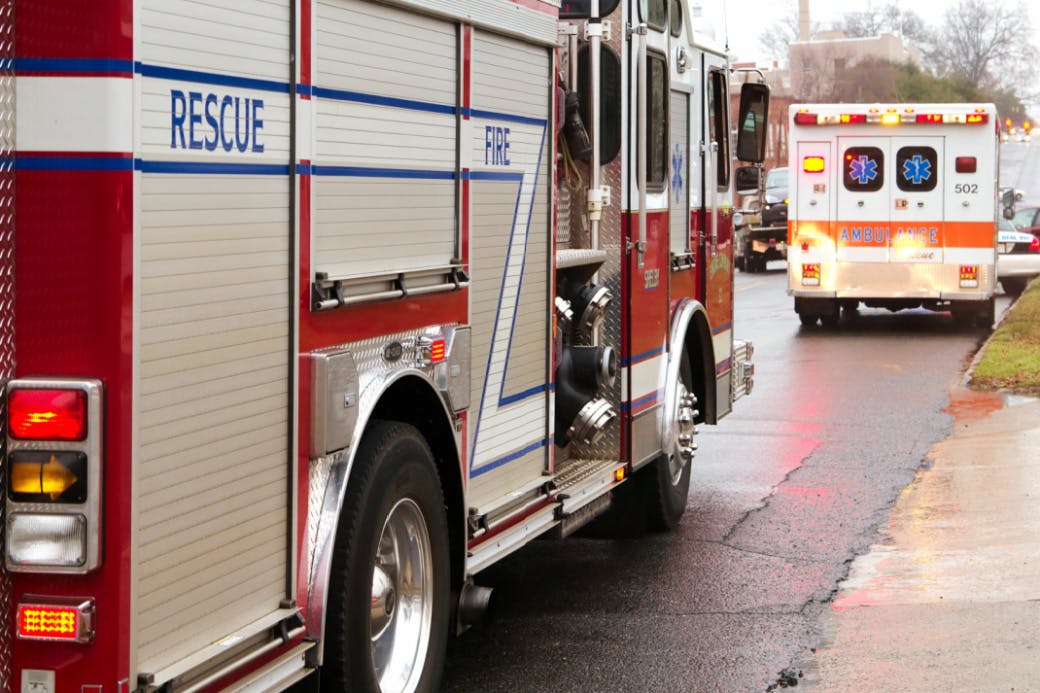
If an emergency vehicle is driving without its lights or siren activated, you can treat it the same as you would any other vehicle. However, if the lights or sirens are activated, an emergency vehicle always has the right-of-way. In fact, all other vehicles are required to pull over to the nearest curb or shoulder until the emergency vehicle has passed.
Funeral Processions
The rules for emergency vehicles apply to funeral processions as well. You must always yield the right-of-way to a funeral procession, and you must pull over and bring your vehicle to a stop until the procession passes.
Always Remember the Golden Rule
Even if Minnesota law says you have the right-of-way, yield if not doing so would cause an accident. Not everyone knows the “rules of the road!”
Have You Been Injured in a Car Accident?
If you or a loved one are injured in a Minnesota auto, truck, or motorcycle accident, you may be entitled to compensation—and we can help you get it.
For 70 years, SiebenCarey has helped thousands of injury victims get the financial support they need in the aftermath of an accident. Just contact us, and we can:
- Answer your questions
- Explain your rights to you
- Investigate the details of your accident
- Build a solid case on your behalf
- Help you recover every dollar of compensation you deserve
Best of all, we work on a contingency fee basis—so you win or you don’t pay!



